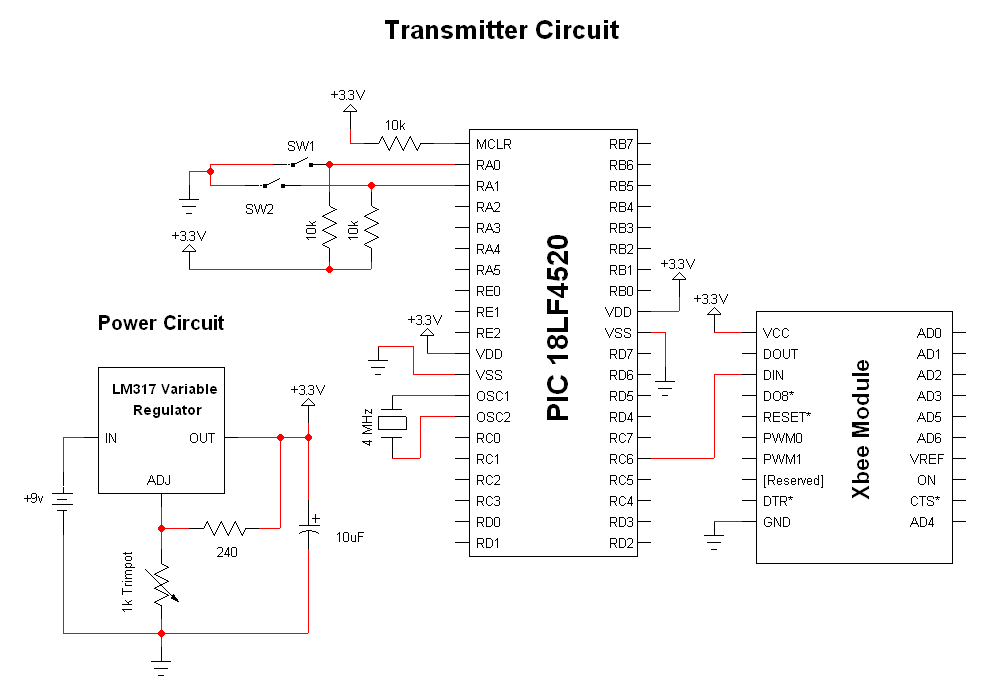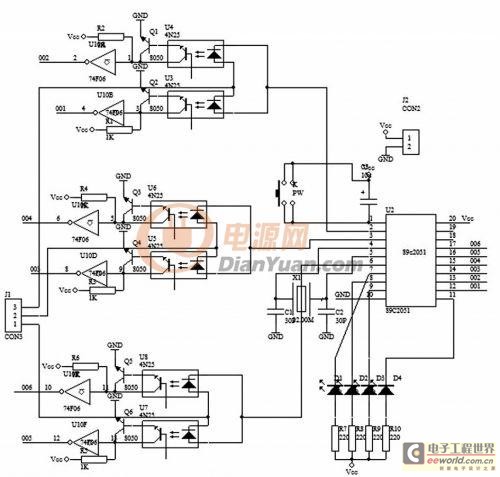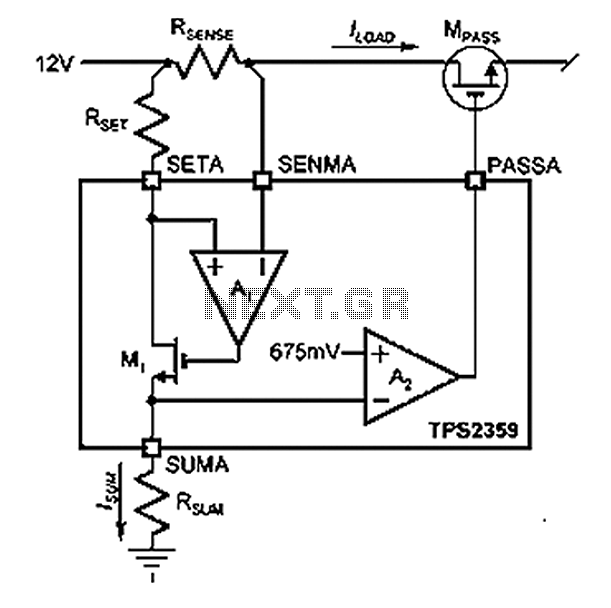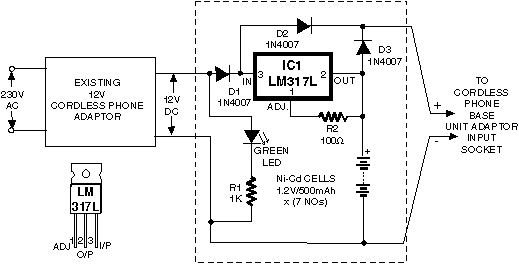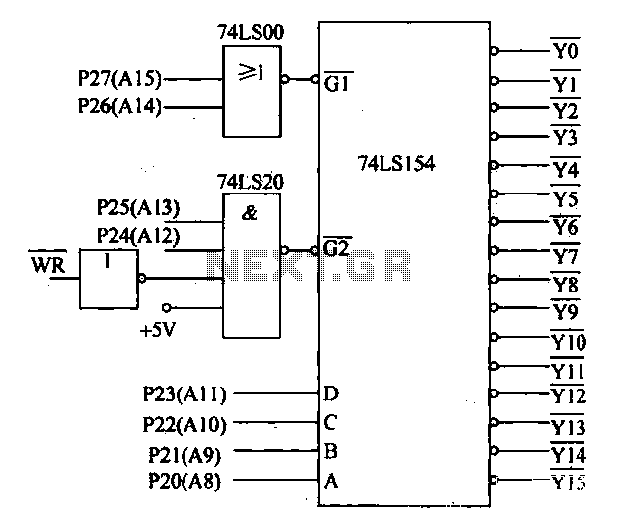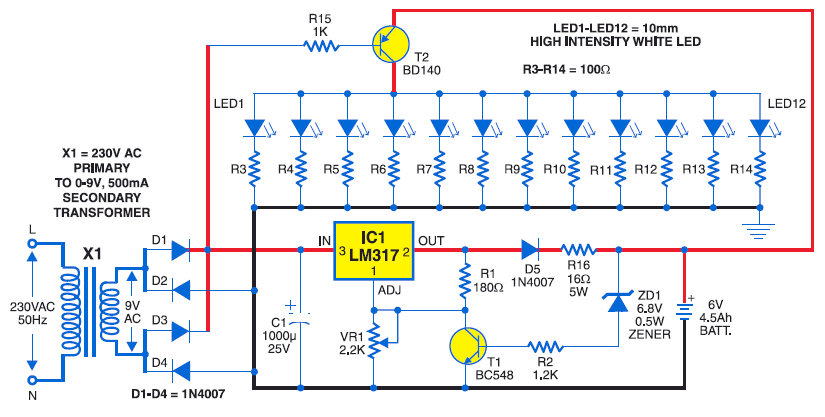
Telephone ringtone generator circuit
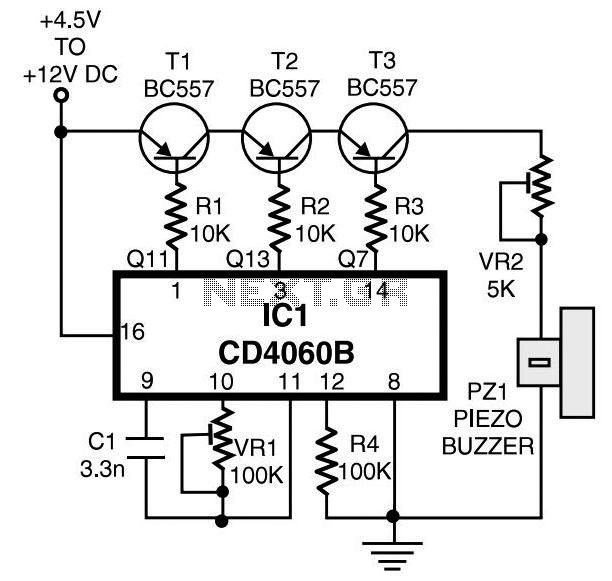
Join the forum discussion on this post. This is a simple home telephone ringtone generator circuit built using only a few electronic components. It generates a simulated telephone ringtone and requires only a DC supply.
The home telephone ringtone generator circuit is designed to produce an audible ringing tone that mimics the sound of a traditional telephone. The circuit typically consists of a few essential components, including a microcontroller or timer IC, resistors, capacitors, and a small speaker or buzzer.
At the heart of the circuit, a timer IC such as the NE555 may be utilized in astable mode to create a square wave output. This output oscillates at a frequency that corresponds to the desired ringtone sound, which is usually around 1 kHz to 2 kHz. The frequency can be adjusted by changing the values of the resistors and capacitors connected to the timer IC.
The output from the timer IC is then fed to a transistor, which acts as a switch. The transistor amplifies the signal to drive a small speaker or buzzer capable of producing sound. The speaker is connected in such a way that it converts the electrical signals into audible sound waves, simulating the ringing of a telephone.
To power the circuit, a DC supply, typically ranging from 5V to 12V, is used. The simplicity of this circuit allows for easy assembly on a protoboard or PCB, making it suitable for hobbyists and electronics enthusiasts. Additionally, variations of this circuit can be implemented to include features such as adjustable volume or different ringtone patterns by incorporating additional components like potentiometers or more advanced microcontrollers.
Overall, this ringtone generator circuit serves as an excellent project for those looking to explore basic electronics and sound generation techniques.Join the forum discussion on this post This is a simple home telephone ringtone generator circuit which is built with applying only several electronic components / parts. It generates simulated telephone ringtone and requires only DC supply.. 🔗 External reference
The home telephone ringtone generator circuit is designed to produce an audible ringing tone that mimics the sound of a traditional telephone. The circuit typically consists of a few essential components, including a microcontroller or timer IC, resistors, capacitors, and a small speaker or buzzer.
At the heart of the circuit, a timer IC such as the NE555 may be utilized in astable mode to create a square wave output. This output oscillates at a frequency that corresponds to the desired ringtone sound, which is usually around 1 kHz to 2 kHz. The frequency can be adjusted by changing the values of the resistors and capacitors connected to the timer IC.
The output from the timer IC is then fed to a transistor, which acts as a switch. The transistor amplifies the signal to drive a small speaker or buzzer capable of producing sound. The speaker is connected in such a way that it converts the electrical signals into audible sound waves, simulating the ringing of a telephone.
To power the circuit, a DC supply, typically ranging from 5V to 12V, is used. The simplicity of this circuit allows for easy assembly on a protoboard or PCB, making it suitable for hobbyists and electronics enthusiasts. Additionally, variations of this circuit can be implemented to include features such as adjustable volume or different ringtone patterns by incorporating additional components like potentiometers or more advanced microcontrollers.
Overall, this ringtone generator circuit serves as an excellent project for those looking to explore basic electronics and sound generation techniques.Join the forum discussion on this post This is a simple home telephone ringtone generator circuit which is built with applying only several electronic components / parts. It generates simulated telephone ringtone and requires only DC supply.. 🔗 External reference
